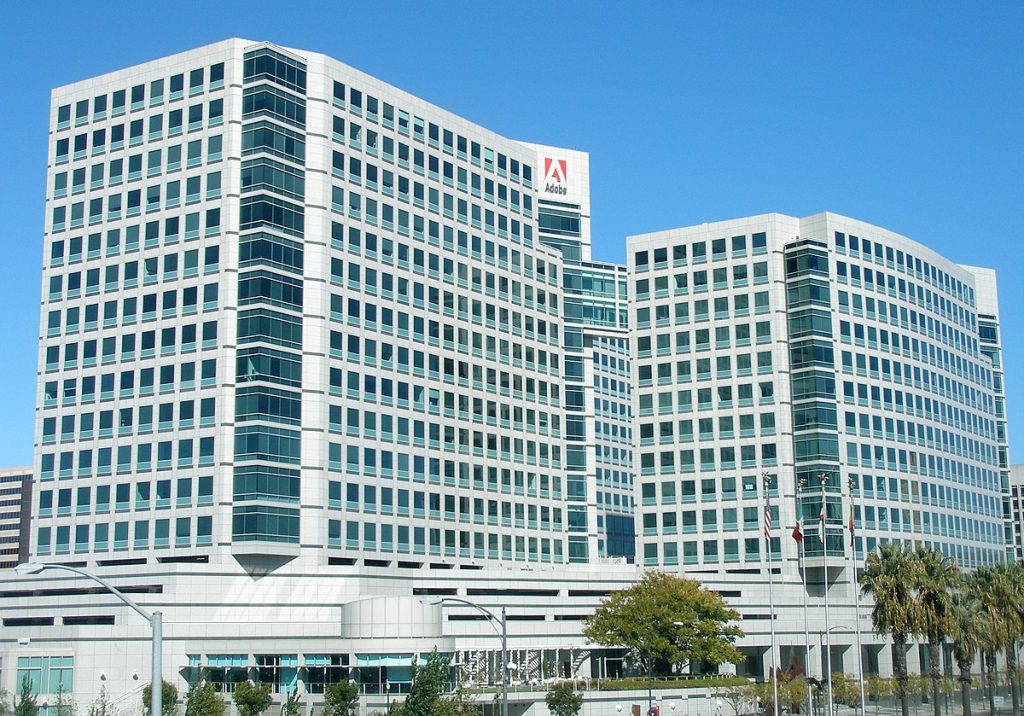































Three decades ago, Adobe co-founder Dr. John Warnock and his team unveiled a groundbreaking solution that would revolutionize how visual content was shared and preserved in the digital age. They introduced the Portable Document Format (PDF) and Adobe Acrobat, unlocking the potential to transmit text and images digitally while faithfully preserving the original document's formatting.
 Adobe co-founder and former CEO John Warnock/Source: Linkedin
Adobe co-founder and former CEO John Warnock/Source: LinkedinPDF and Acrobat marked a pivotal historical moment, as Jovan Kurbalija mentioned in his blog. In an era dominated by proprietary software and formats, PDF was unique. Its specification was made instantly public, enabling anyone to create, access, and process PDFs. The technology behind Acrobat's PDF creation was ingeniously based on the print pipeline, allowing any application of that time to generate PDFs reliably. If an application could print, it could create PDFs-simple and efficient.
PDF's impact was profound. It ushered in the era of digital publishing, collaboration, and e-signatures. It empowered individuals, governments, and cultural and educational institutions to democratize the sharing and archiving of documents. In 2008, Adobe took a momentous step by open-sourcing PDF, accelerating the paper-to-digital revolution and reshaping how we work in our professional and personal lives. Today, PDF stands as the undisputed standard for business workflows, facilitating organizations in communicating and preserving their most critical documents.
 Adobe World Headquarters in San Jose, California/Source: Wikipedia
Adobe World Headquarters in San Jose, California/Source: WikipediaThe influence of PDF continues to grow. With over 3 trillion PDF documents worldwide and new applications emerging constantly, PDF's legacy remains vibrant and essential. Celebrating 30 years of PDF, we honor its enduring role in transforming how we interact with information and each other in an increasingly digital world.
What is the future of the PDF?You can read in Diplo's latest Blog post by Jovan Kurbalija here.
 Etiquetas calientes:
desarrollo
Internet de las cosas
Modelos de negocio digitales
Etiquetas calientes:
desarrollo
Internet de las cosas
Modelos de negocio digitales